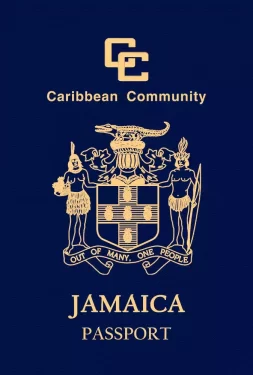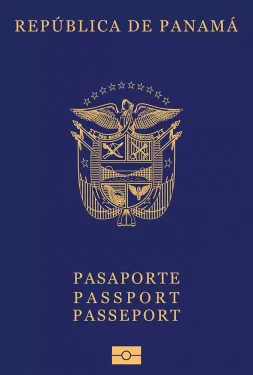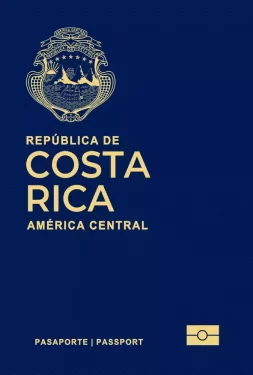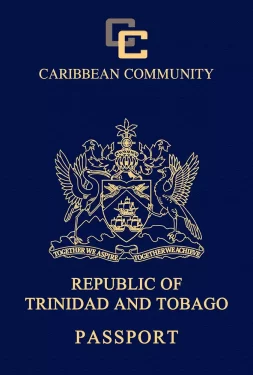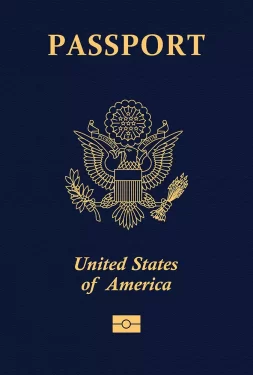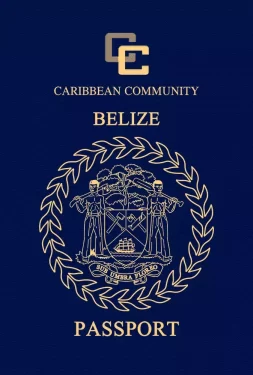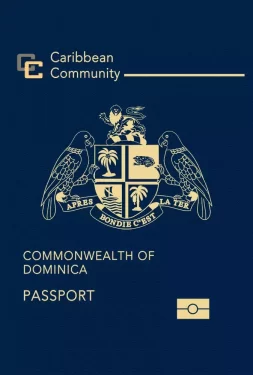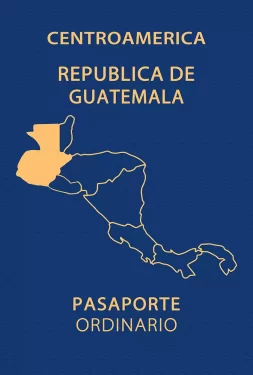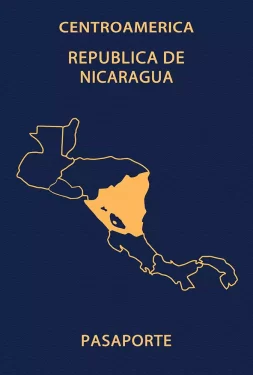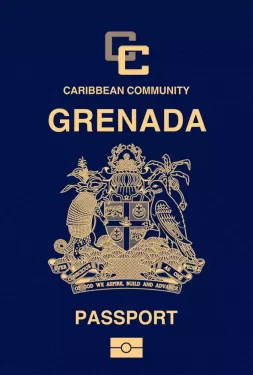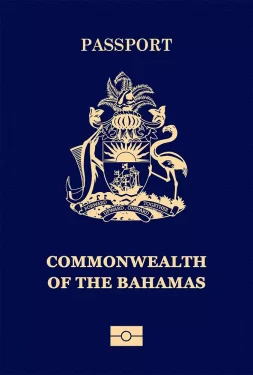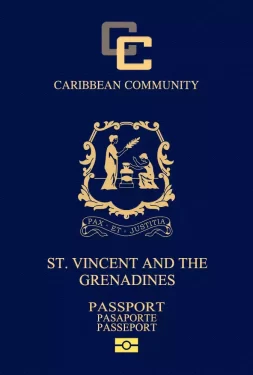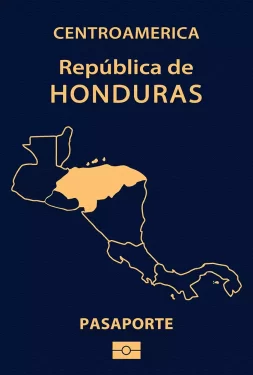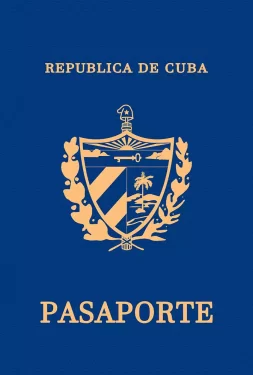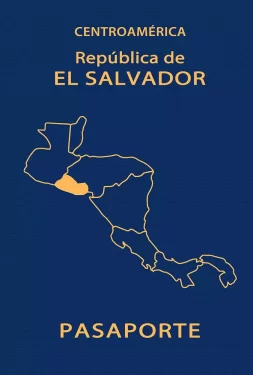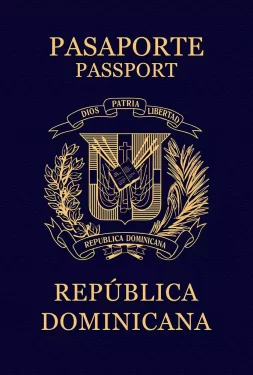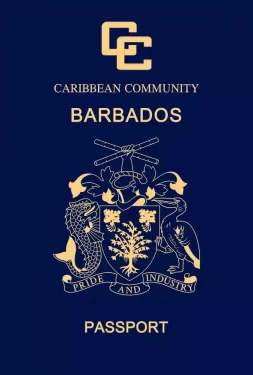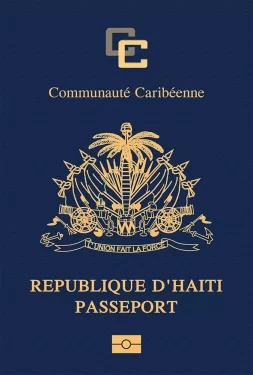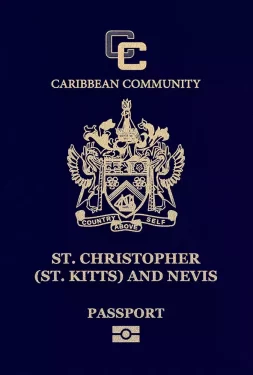
Canada
Canada passport ranking
The Canadian passport is currently ranked 6th place on the Guide Passport Index. It provides visa-free access to 189 countries. With a high mobility score it is one of the most desirable passports in the world. Canadian passport holders have visa-free access and visas on arrival to countries such as Japan, the United Kingdom, United Arab Emirates, the United States and the entire European Union. This allows almost instant travel opportunities worldwide. Canadian passport holders do however require a visa to enter about 40 destinations in the world. Some countries where a visa is required are China, India and Russia.
Canada Passport Ranking
The Canada passport ranking relative to other global passports is calculated by adding up the number of countries that allow Canada passport holders to enter without a visa (i.e. visa-free countries) and those that allow Canada passport holders to enter by obtaining a visa on arrival (i.e. visa-on-arrival countries) or electronic travel authorization (eTA). There are currently a total of 145 Canada passport visa-free countries, 37 Canada visa-on-arrival countries, and 7 eTA destinations.
Altogether, Canada passport holders can enter a total of 189 destinations—either without a visa, through a visa on arrival, or via an eTA. As a result, the Canada passport ranks 6 in the world.
Separate from these Canada visa-free countries and visa-on-arrival countries, there are 40 additional destinations in which Canada passport holders either need a physical visa to enter or an eVisa (i.e. visa required countries).
About Canada
Canada is a former British and French colony consisting of 10 provinces. The most important provinces are Ontario, Quebec, and British Columbia. The country is situated in North America bordering the United States, the Atlantic, Pacific, and Arctic Ocean. The nation stretches all the way to Greenland. Canada is the 2nd largest country in the world with a surface area of 9.9 million square kilometers. Its climate varies from arctic in the north to temperate in the south. The terrain mostly consists of plains with mountains in the west and lowlands in the southeast.
The overall population is over 38 million people. The capital of the country is Ottawa. The most populous city is however Toronto with over 2.9 million inhabitants. Other important cities of the county are Montreal and Vancouver. The largest airport is Toronto Pearson International Airport (YYZ) with around 50.5 million annual passengers. Followed by Vancouver International Airport (YVR) with over 26 million yearly passengers. This places them both on the list of busiest airports worldwide.
Canada’s culture is dominated by the history of immigration waves that occurred over the past centuries and decades. There is a multi-cultural and religious mix present in most of the country although Christianity is the most predominant. The official languages are English and French. The legal system is a federal parliamentary democracy under a constitutional monarchy. The chef of the state is Charles III. The head of government is the elected Prime Minister Justin Pierre Trudeau.
The official currency is the Canadian Dollar (CAD) with the current exchange rate being CAD 1.33 to the USD. The country has an open economy, generating a GDP of approximately $2.09 trillion, making it the 10th largest economy in the world. Its citizens have a per capita income of $52,722. Canada’s economy is dominated by the services industry, employing almost three-quarters of the working population. The nation is also one of the biggest mining exporters worldwide.
Canada is filled with a variety of urban and natural tourism destinations and attractions. It is known for its vast wildlife, various national parks, and historic cities. Some of the most important destinations include Niagara Falls, Banff National Park, the Rocky Mountains, Old Quebec, and Whistler Mountain. The nation has a total of approximately 22.1 million tourists visiting every year with the majority originating from China and the United Kingdom. The top visited provinces are Quebec and British Columbia.
